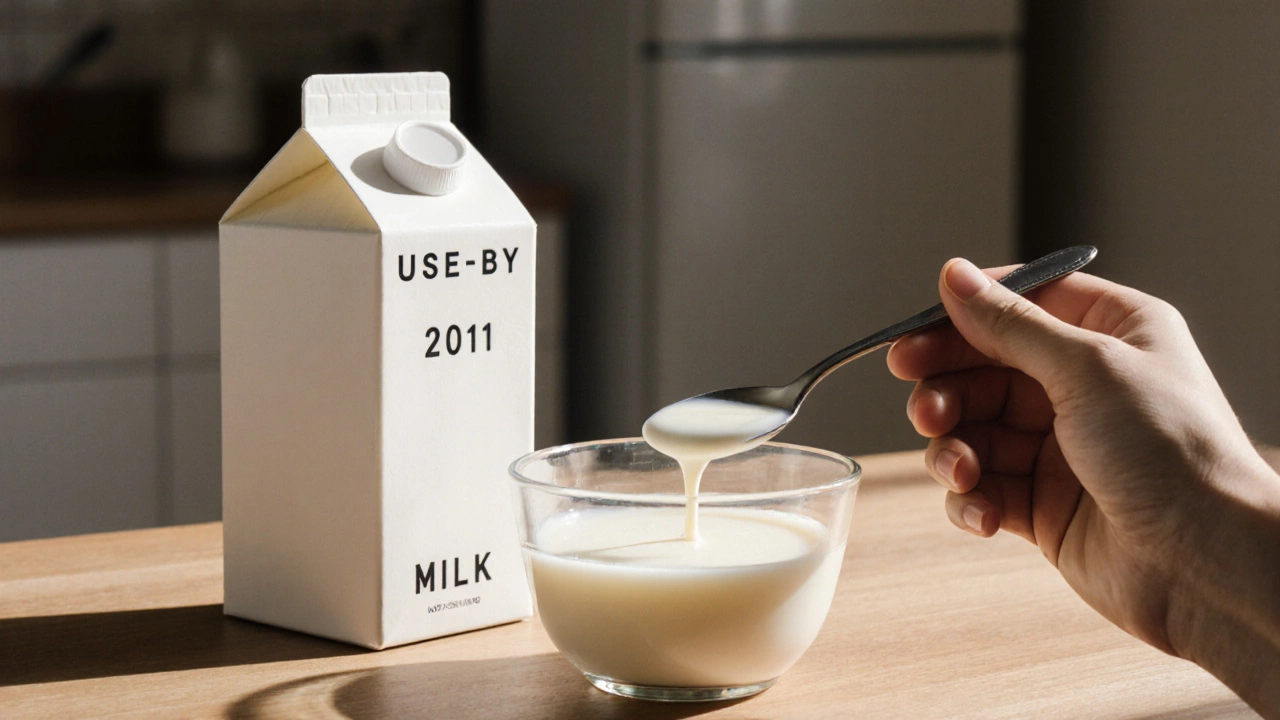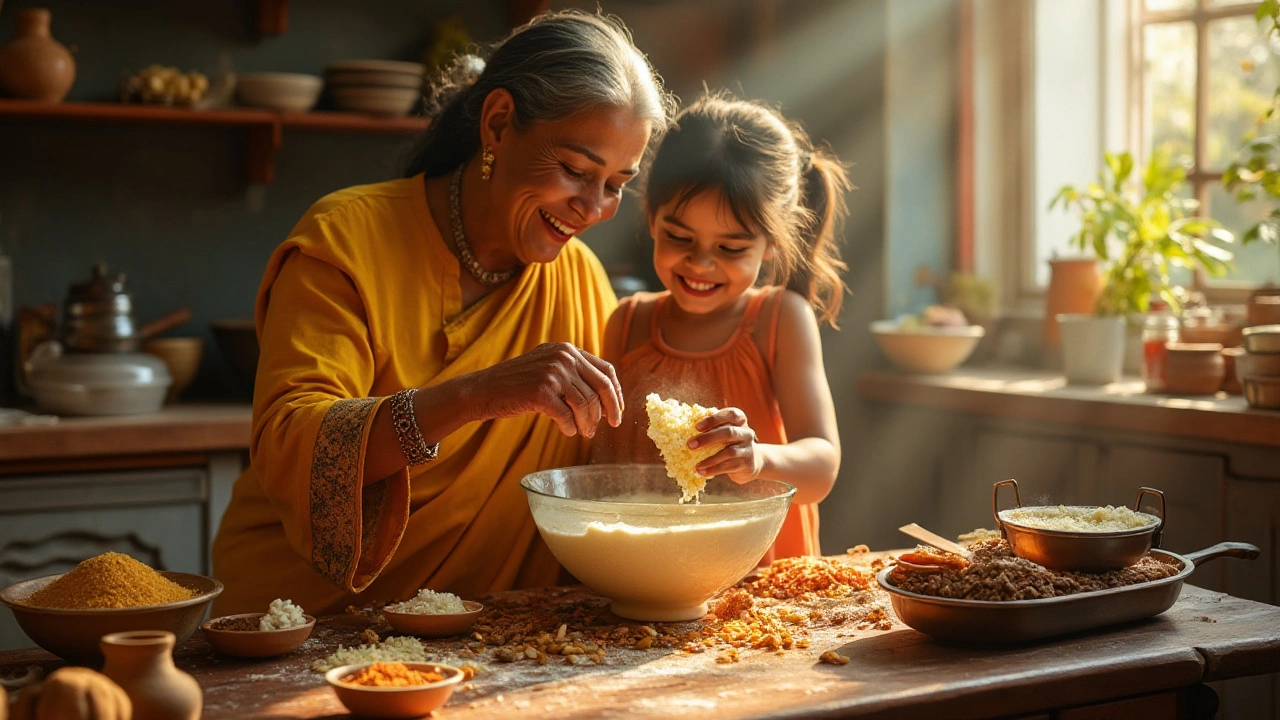Food Safety Tips for Indian Home Cooks
Cooking Indian food at home is fun, but it can also be risky if you skip a few safety steps. From handling hot oil to storing leftover dal, a tiny mistake can turn a tasty dish into a health hazard. Below you’ll find everyday tricks that keep your meals safe without slowing you down.
Why Food Safety Matters in Indian Kitchens
Indian recipes often involve high‑heat frying, long simmering, and a lot of spices. Those conditions are perfect for bacteria if you don’t control temperature or storage. A forgotten pot of rice can breed harmful microbes in just a few hours, and stale spices lose flavor as well as safety. By paying attention to a few key points, you protect your family and preserve the authentic taste you love.
Practical Safety Practices You Can Start Today
1. Wash hands and surfaces. Before you touch any ingredient, wash your hands with soap for at least 20 seconds. Clean cutting boards, knives, and countertops with hot, soapy water after each use, especially when moving from raw meat to vegetables.
2. Keep raw meat separate. Use a dedicated cutting board for chicken or lamb. Never place cooked food on the same plate that held raw meat unless you’ve washed it first. This simple habit stops cross‑contamination.
3. Watch the temperature. When deep‑frying pakoras or samosas, maintain oil at 350°F (≈180°C). Too low and food soaks up oil; too high and the exterior burns while the inside stays raw. Use a thermometer or the “bread‑cube test” – a small cube of bread should turn golden in about 30 seconds.
4. Store leftovers promptly. Transfer cooked curries, biryani, or dal into shallow containers within two hours and refrigerate at 40°F (≈4°C) or lower. Eat leftovers within three days or freeze for longer storage.
5. Keep spices fresh and dry. Store whole spices in airtight jars away from sunlight. Ground spices lose potency faster, so buy in small batches. If you notice a musty smell, toss them – old spices can harbor mold.
6. Use safe water. Whether you’re washing rice or making rasam, use clean, filtered water. Boiling water for a minute before use kills most pathogens, especially in areas with questionable tap water quality.
7. Check cooking times. Some dishes, like chicken tikka or fish fry, need to reach an internal temperature of 165°F (≈74°C). Use a meat thermometer to be sure – no more guessing.
Following these steps doesn’t require fancy equipment, just a bit of attention. You’ll notice fewer “oops” moments, and your family will enjoy the flavors you work so hard to create.
Need more specific advice? Check out our posts on “Is Tandoori Chicken Safe for Diabetics?” and “How to Cancel Out Bitter Taste in Food.” Both dive deeper into safe ingredient choices and quick kitchen fixes. Happy cooking, and stay safe!
Can I Use Expired Milk to Make Yogurt? A Safety‑First Guide
Find out if expired milk can safely become yogurt, learn quick quality checks, step‑by‑step instructions, and tips to avoid spoilage.
Safely Enjoying Over Fermented Dosa Batter: A Guide
Navigating the culinary world of Indian cuisine often brings dosa batter into the spotlight. Over fermentation, a common culprit in batter preparation, raises both curiosity and concern among dosa enthusiasts. This article explores the safety of eating over fermented dosa batter, how to identify it, potential risks, and effective ways to mitigate these risks. With careful handling techniques and an understanding of the fermentation process, one can continue to enjoy delicious and safe dosas.

